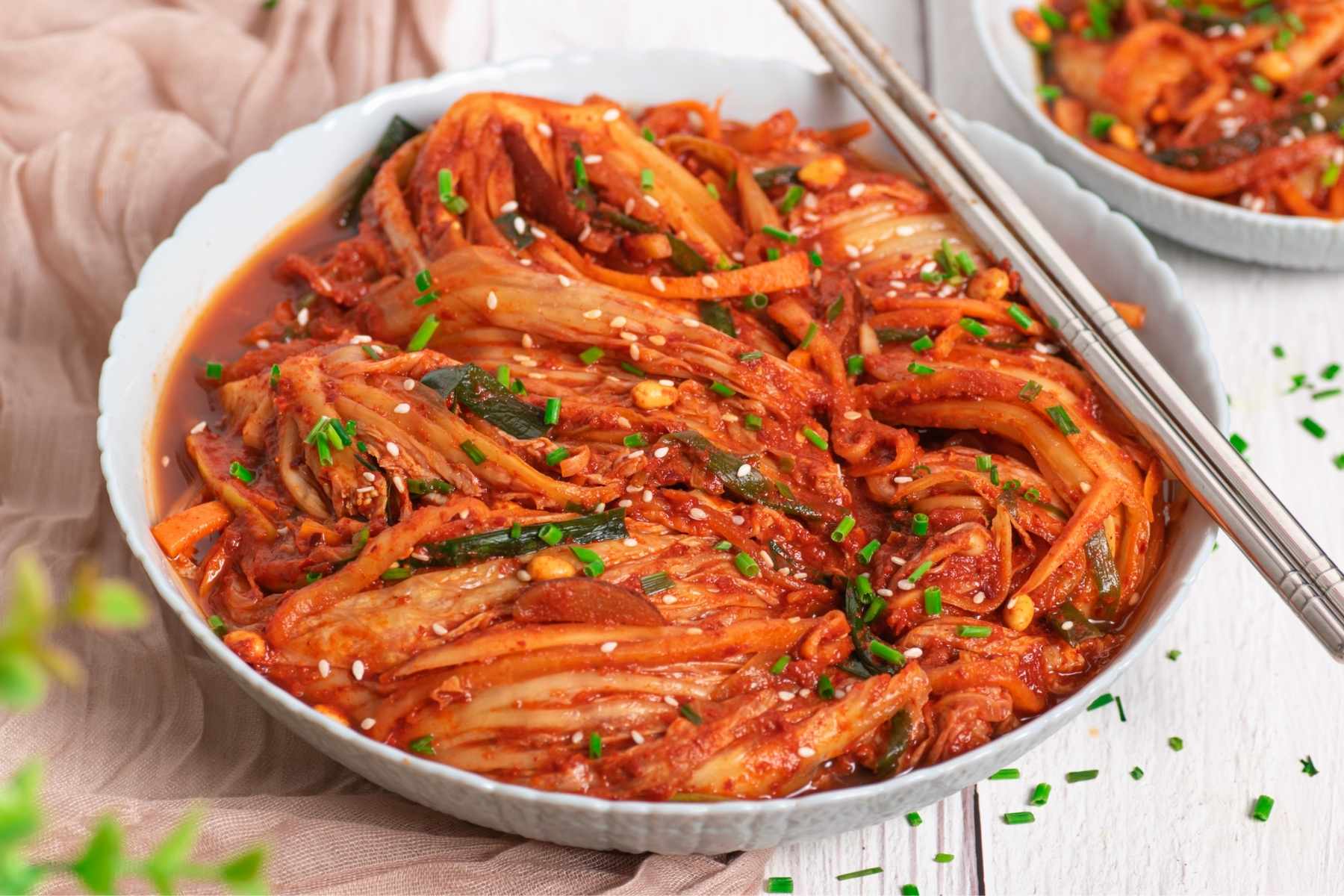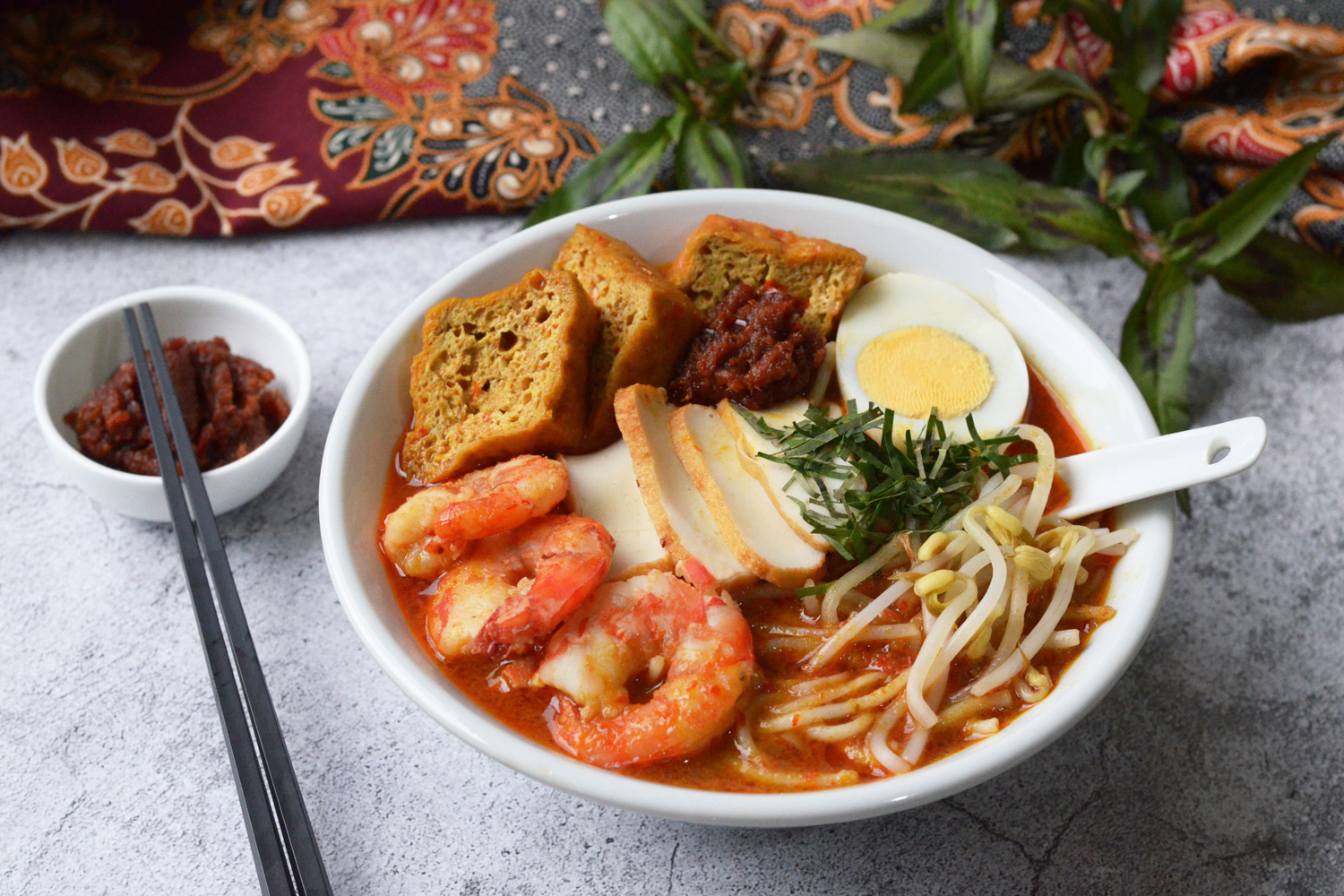pokomde.info – Kimchi, a staple of Korean cuisine, is more than just a side dish—it’s a symbol of Korean culture, history, and identity. This spicy, fermented vegetable dish, most commonly made with napa cabbage or radishes, has been part of Korea’s culinary tradition for centuries, evolving through time to become the beloved food it is today.
Origins of Kimchi
The history of kimchi dates back over 2,000 years, to a time when fermentation was a common method of food preservation. In ancient Korea, harsh winters made it difficult to grow fresh vegetables, so people developed fermentation techniques to preserve the produce they harvested in the warmer months. Early forms of kimchi were simple, often consisting of salted and fermented vegetables, but lacked the distinct flavors we associate with kimchi today.
The introduction of chili peppers to Korea in the 16th century, following their arrival via Portuguese traders from the Americas, transformed kimchi into the spicy dish now famous worldwide. Before this, the seasoning for kimchi was much milder, using ingredients like salt, garlic, and ginger. The addition of chili peppers not only gave kimchi its signature heat but also contributed to its bright red color and enhanced its preservation qualities.
Kimchi Varieties and Regional Differences
Though napa cabbage kimchi is the most well-known, there are actually over 200 varieties of kimchi, each with its own unique flavor and ingredients. The type of kimchi made often depends on the season and the region in Korea.
For instance, in the southern parts of Korea, where the weather is warmer, kimchi tends to be spicier and saltier to prevent spoilage in the heat. In contrast, northern regions like Gaeseong (modern-day Kaesong in North Korea) produce a milder, less salty version. Additionally, while cabbage kimchi is the most common, other varieties include kkakdugi (cubed radish kimchi), oi sobagi (stuffed cucumber kimchi), and baek-kimchi (white kimchi), which is not spicy at all.
Each household often has its own recipe, passed down through generations, with slight variations in ingredients or preparation methods, making kimchi both a communal and personal food.
The Process of Making Kimchi
Making kimchi, especially the traditional way, is an intricate process that requires patience and care. The preparation begins with salting the cabbage to draw out moisture and soften the leaves. After that, the vegetables are rinsed and coated with a spicy paste made from chili flakes, garlic, ginger, fish sauce, and other seasonings.
Once seasoned, the vegetables are packed into jars or earthenware pots (called onggi) and left to ferment for anywhere from a few days to several months. The fermentation process allows beneficial bacteria, particularly lactobacillus, to thrive, giving kimchi its distinctive tangy flavor while also offering probiotic health benefits.
A significant cultural tradition surrounding kimchi-making is gimjang, the communal practice of preparing large quantities of kimchi for the winter. Families and neighbors would gather to make and share enough kimchi to last through the cold months, reinforcing the dish’s role as both sustenance and a symbol of community.
Kimchi in Modern Times
In modern Korea, kimchi remains an essential part of every meal. It is so ingrained in daily life that Koreans eat it with nearly everything—from rice and soups to barbecue and even pizza. Beyond its traditional role as a side dish, kimchi is also used as a main ingredient in other popular dishes like kimchi jjigae (kimchi stew), kimchi bokkeumbap (kimchi fried rice), and kimchi jeon (kimchi pancakes).
Kimchi has also gained international recognition for its health benefits, which include aiding digestion and boosting immunity. The probiotics in kimchi, along with its vitamins and minerals, have made it a favorite among health-conscious foodies around the world.
In fact, kimchi has become so significant that UNESCO recognized gimjang as an Intangible Cultural Heritage of Humanity in 2013, acknowledging the deep cultural importance of this tradition in Korean life.
Conclusion
The story of kimchi is a reflection of Korea’s rich history and cultural values. What began as a simple method of preserving vegetables has become an integral part of Korean identity, symbolizing resilience, community, and innovation. Whether enjoyed in Korea or abroad, kimchi continues to capture the hearts (and taste buds) of those who encounter it, offering a perfect blend of history, flavor, and health in every bite.








